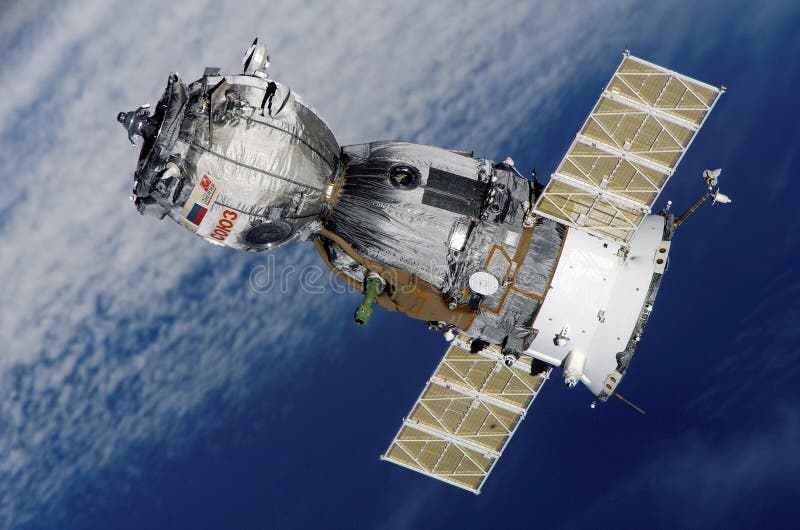

At the same time, available statistics showed that beyond Earth atmosphere, the likelihood of rocket explosion was minimal, therefore a nominal separation of the reentry capsule with a following landing was adopted as a primary escape method.ĭuring 1963, engineers at Department 3 and 11 of OKB-1 with support from Department 15 led by K. The tests validated the concept.ĭevelopers concluded that the escape with the help of a rocket would be necessary only during the flight in the lower denser layers of the Earth atmosphere, when the loss of control over the rocket would likely lead to its disintegration and explosion. A prototype of such system was tested at the Flight Research Institute, LII, lab led by Guy I. The work showed that the most efficient rescue would be achieved by pulling the crew capsule from the rocket with the help of dedicated solid propellant rockets and then landing the capsule as in any nominal mission. In 1962, Korolev's engineers studied the problem in cooperation with a team from Flight Research Institute, LII, led by N. In such situation, ejection seats could not guarantee either a safe distance of escape from the exploding rocket, or reliable protection from its falling debris. The most challenging failure scenario, which ultimately determined the design of the emergency escape system, was the explosion of the rocket booster right on the launch pad.
SOYUZ T LAUNCHER FULL
However, the original goal of the Soyuz project called for the development of ways and means of rescue during the full length of a ride to orbit. During previous work on the Vostok manned capsules, as well as later on the Voskhod, engineers accepted the fact that a major malfunction during initial phases of the launch would make a rescue of the crew either unlikely or completely impossible. In 1961, Department 11 of OKB-1 started preliminary design of the emergency escape system for the future Soyuz spacecraft.

26, 1983, saving lives of two cosmonauts aboard the Soyuz-T spacecraft as its launcher explodes below. The Emergency Escape System, SAS, fires on Sept. The latter system had actually got a chance to prove itself in real life emergency situations multiple times. As it turned out, the most practical way of escaping from a failing rocket would be to use yet another dedicated rocket! Such method was employed aboard several generations of spacecraft, including American Mercury, Apollo and the Russian Soyuz. Not surprisingly, engineers went to great lengths to develop "insurance policies" in case something goes wrong during a wild ride beyond the Earth's atmosphere. This is expected to be the last iteration on the Soyuz design, to be eventually replaced by «Федерация», or "Federation".Emergency escape rocket: the ultimate lifeboat for spacecraftįor decades, rockets have remained the fastest and most dangerous mode of transportation created by humans.


 0 kommentar(er)
0 kommentar(er)
